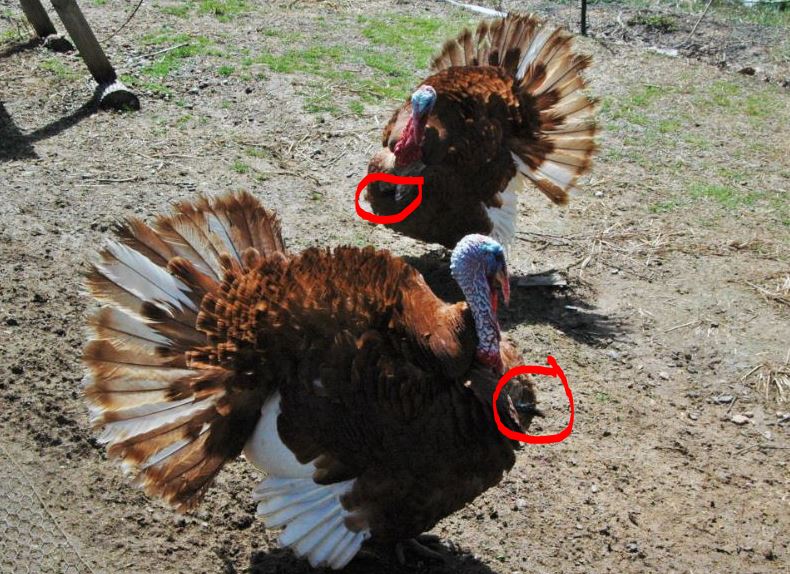

The longer the beard, the older the turkey – they can eventually grow to about 12 inches in length. Like the fleshy head appendages, turkey beards are believed to be an aesthetic feature intended to attract mates beards become more erect when a tom is aroused.

One who eats food very quickly, without decorum. Scientists haven't found any specific function for the snood, but it does fill up with blood and hangs over the beak when male turkeys are strutting and showing off looking for mate.

The snood is the fleshy flap of skin that hangs off a turkey's beak. While both the male and female have spurs, wattles, caruncles, and snoods, they are far smaller and less distinctive on the female. Snood: A fleshy flap that hangs from the beak. Adult females average half the size of male turkeys. via What is a female turkey called?Īdult female turkeys are called hens. This toy is based on an old toy that physicists call the oscillating woodpecker. That straightens the straw, so it can fall a bit before the pull of the turkey tilts the straw again, and the cycle repeats. When the straw pushes on the string, the string pushes back, making the turkey bounce up. via What's the red thing on a turkey Mystery Science? When they want to attract a female turkey their wattles will turn red to woo the female.
/turkey-snood-58a6cbaf5f9b58a3c9fccb53.jpg)
Male turkeys use these for courtship purposes. The red, rubbery part on a turkey's beak is called a wattle. via What is the red thing on a turkey used for? On a hot day, with the sun bearing down, the bare skin of neck and wattle helps release excess heat. Why have a wattle? Wattles are an adaptive feature that come in handy in several ways. Via What is the red thing hanging from a turkey's neck?Īnd there, dangling from the chin, is a wrinkly mass of bumpy, warty-looking red skin: the wattle. Males with large wattles are more attractive to females. Wattle: These are flaps of red skin that hang from the chin.Snood: Hanging over a turkey's beak is a long flap of flesh called the snood.Caruncles: These are fleshy bumps on the head and neck of both male and female turkeys.


 0 kommentar(er)
0 kommentar(er)
